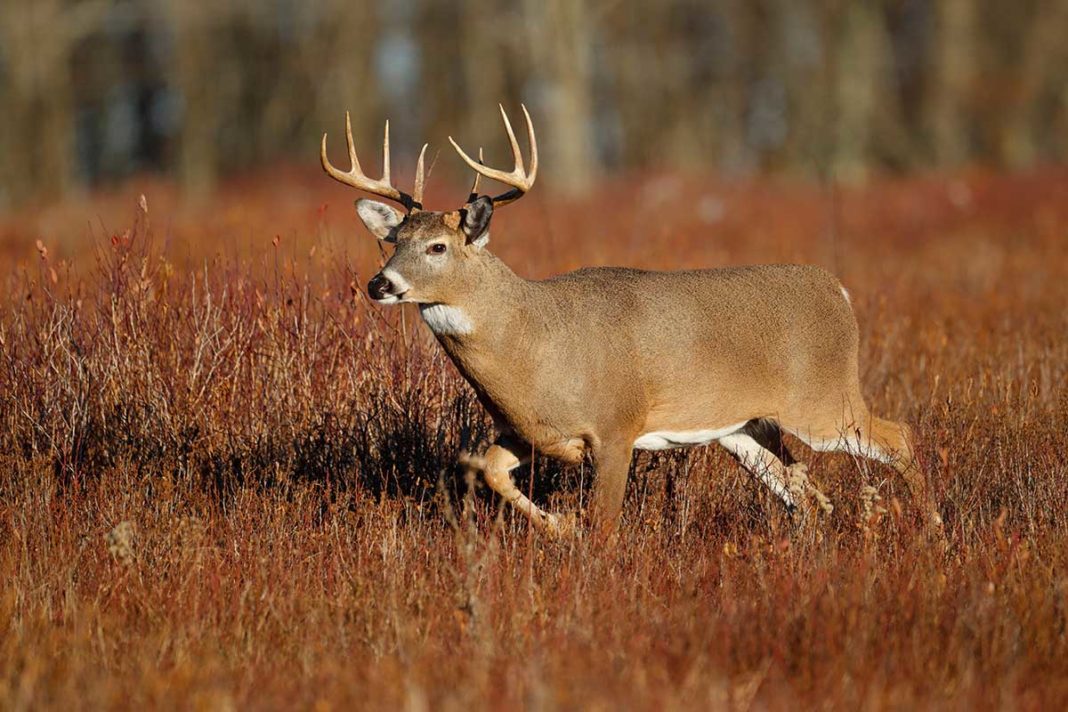MANITOULIN – While the overall number of deer harvested on Manitoulin Island during this year’s annual deer gun hunt seems to be down compared to previous years, the number of charges laid by conservation officers (COs) with Northern Development, Mines, Natural Resources and Forestry (NDMNRF) certainly increased.
Kent Moxam, area enforcement manager of the northeast region (Sudbury) with NDMNRF told The Expositor last week, “a total of 528 hunter contacts were made (compared to 295 in 2020). COs laid 30 charges during this year’s hunt. Twenty-seven were directed to Fish and Wildlife Conservation Act (FWCA) offences, with the most common being ‘hunt big game with no license and possess’ (six charges) and ‘possess a copy of a counterfeit tag’ (four charges).” The COs also handed out a total of 61 warnings.
In 2020, a total of 16 charges were laid, down from 25 charges laid during the 2019 hunt. During the 2020 hunt, 26 warnings were issued, with 31 warnings issued in 2019.
During this year’s hunt, three firearms were seized and charges are pending on these cases. One deer was seized and donated to a local Indigenous community, said Mr. Moxam.
Mr. Moxam explained, “the hunt was good overall. Generally, there were a lot of hunters on Manitoulin, but some areas had lower numbers than others. The overall deer harvest appears to be down compared to previous years.”
“In general, the traditionally high deer population areas around the central part of Manitoulin seemed to be seeing better success in harvesting deer,” continued Mr. Moxam. He pointed out for this year’s hunt there were 14 COs and two duty sergeants deployed to conduct enforcement patrols on Manitoulin Island. There was no deer check station again this year.
“Thankfully, there were no hunting injuries reported this year,” said Mr. Moxam. He pointed out marine patrols were conducted by COs in the North Channel and surrounding waters during the hunt.
“There were no joint force operational road checks conducted this year,” said Mr. Moxam. However, “joint enforcement patrols were conducted with members of the Ontario Provincial Police (OPP) and conservation officers.”





